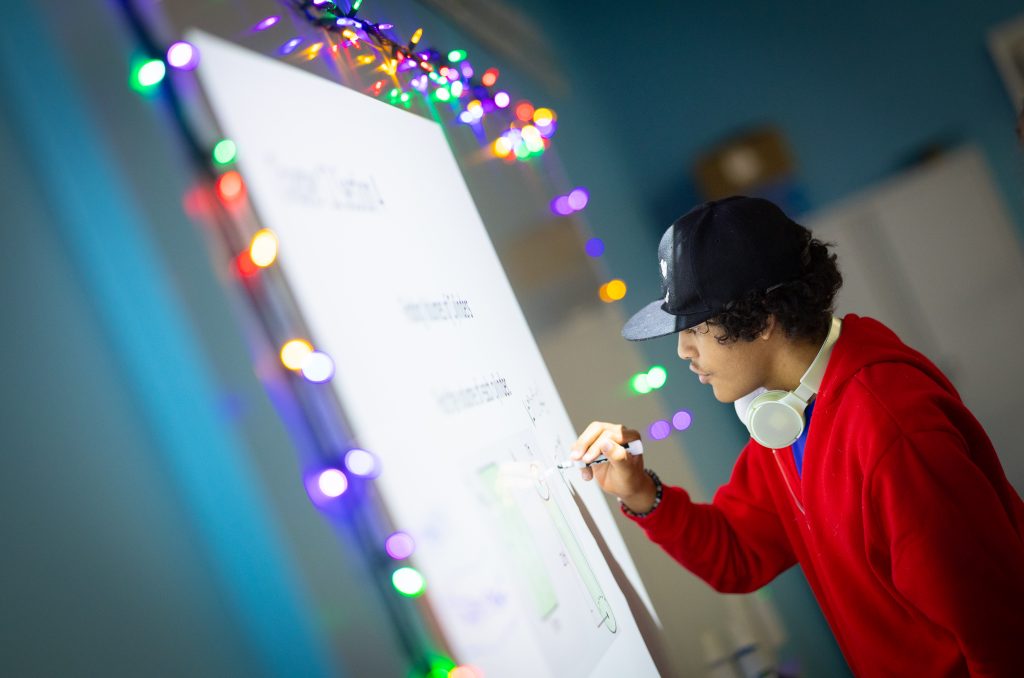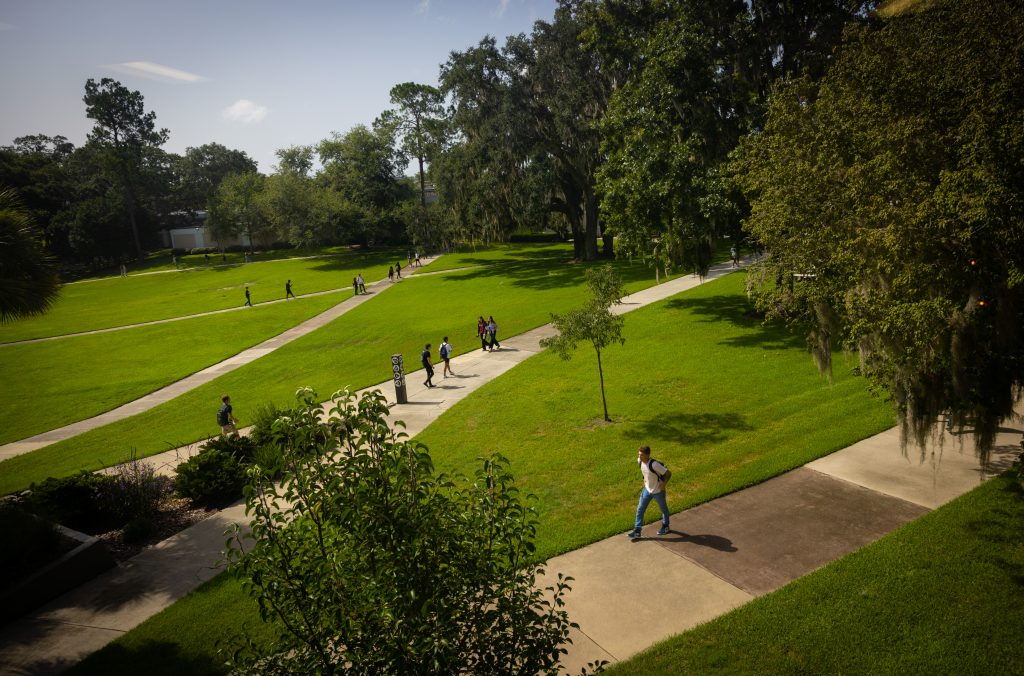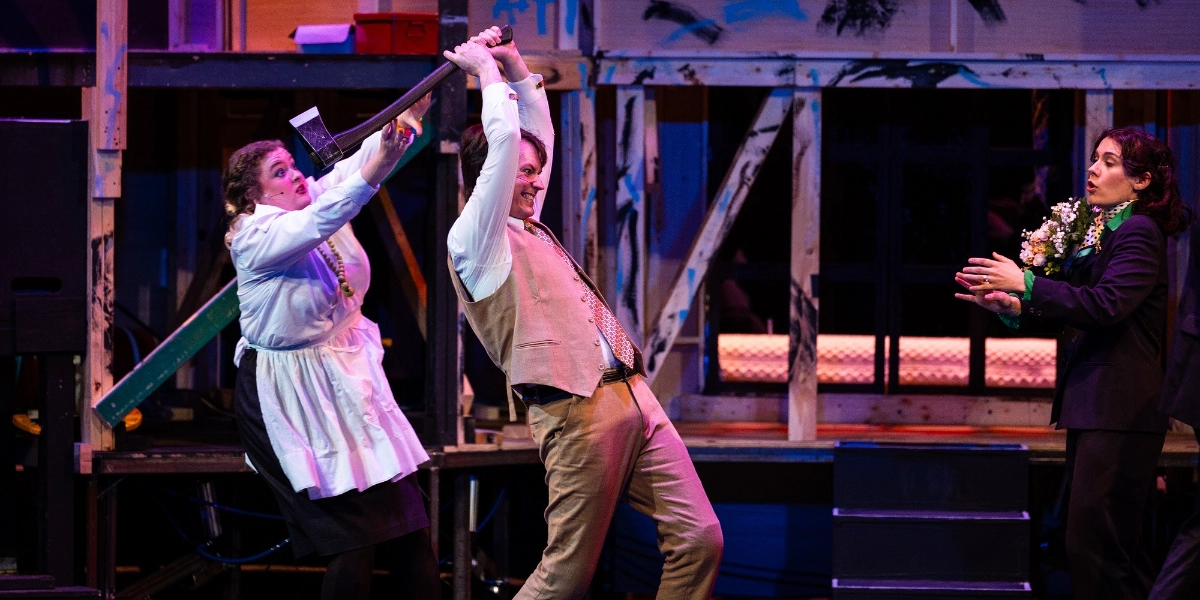A Solar Dehydrator for an institute in Ghana
May 12, 2011
This article is more than old and may contain outdated information.
My introduction to the study abroad program came in the form of an email from my Physical Geography instructor. Before returning to my academic pursuits this past year I had been in the Marine Construction business, and as such had spent the past ten years traveling all over the world. The email had a subject line that said something along the lines of ‘Summer A studies in Ghana.’ Africa is one of three continents I have yet to set foot on. My interest was immediately aroused.
I went to my first meeting of the Ghana group the week I received the email. I was already aware that Santa Fe offered some study abroad trips, but I had not fully researched the possibility. I had been very focused on just finishing the course load I would need to transfer into the Engineering program at the University of Florida. I had not thought much about the potential advantage that the Study Abroad program could offer. At the meeting I was told that students who register for the Ghana trip could pursue one or both courses offered: Cultural Geography and/or Sociology. Since I already had taken Sociology I posed the question, “What if I would like to create my own research project?” I was most pleased to find out Santa Fe offers an Individual Study program that I could fit my research project under. So Cultural Geography and Independent Studies it was.
The project I had in mind was based in the idea of sustainability. There are many different forms of sustainability. There is the kind most of us think of, one of a minimal carbon footprint. Then there is also the aspect of economic sustainability. After presenting my initial ideas to the instructors overseeing this particular study abroad trip I was put in contact with several people who could help make my project a success. After many correspondence between myself and the founder of a nonprofit institution, the Sankofa Eco-Arts Village, my project evolved from a mere study of ongoing sustainable practices in Ghana, to one of being an active participant in helping to develop future means of continued sustainability. I found that one of the key elements the Eco-Arts village was looking for was a means to prevent their fresh fruits from rotting.
My initial interest was to be involved in the construction process of the Eco-Arts Village. I figured I could use my years of construction knowledge here. Rather that build with metal, I would learn to build with earth. The founder of Sankofa presented me with several projects he had on the table: A rain water collection systems for raising tilapia, and the construction of solar dehydrators to prevent the fruit from rotting and allowing for export. This mesh of sustainable practices, a minimal carbon footprint mixed with a form of economic sustainability, was exactly what my project needed to bring it to the next level. I immediately began research on methods of solar dehydration. My final choice was modeled off the GeoPathfinder solar dehydrator.
The personalized attention and support I have received from Sankofa and Santa Fe has opened a door that I have been searching for. My declared major is environmental engineering. I see the chance to study in West Africa as a key step in my development as an environmental engineer. It is my belief that beyond developing an understanding of physics and mathematics, an environmental engineer should also be keenly aware of culture and economics. Knowing how to design a system that works is one thing, but being able to design a system that works, while keeping the community’s needs in consideration, and be economically feasible is the future of sustainable development as I see it.


